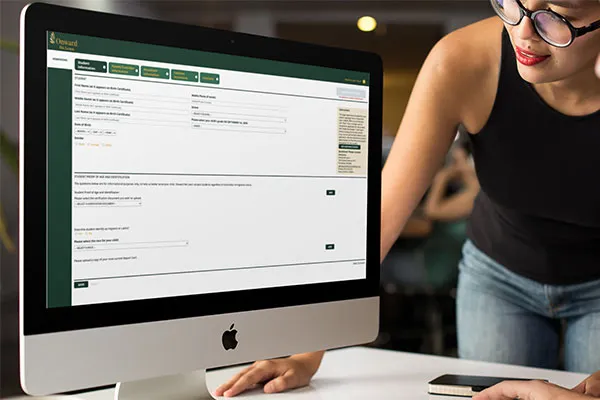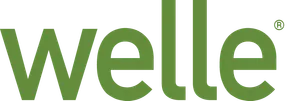Welcome to the Lab™
Your partner in continuous improvement and creativity. We are committed, motivated, and experienced programmers, architects, and process specialists.
Our Services
From concept to deployment and beyond, we provide comprehensive technology solutions that drive your business forward.
Bespoke Software Development
Custom software solutions tailored to your unique business needs, from initial concept through deployment and beyond.
Analytics & Business Intelligence (BI)
BI, Analytics, ML/AI, Bioinformatic Research: Regardless of your needs, make your data work for you by turning it into Smart Data.
Website Design & Development
From informational websites to secure eCommerce platforms, we build websites that are a blend of aesthetics and functionality.
Software & IT Project Management
Expert project leadership ensuring on-time, on-budget delivery with agile methodologies and transparent communication throughout.
Why Choose Blackburn Labs
We combine industry expertise with technical excellence to deliver solutions that drive results.
Latest Technologies
We build with cutting-edge frameworks and tools, ensuring your software is modern, maintainable, and ready for the future.
Built to Scale
Our architectures are designed from the ground up to handle growth, whether you're serving 100 or 100,000 users.
Rock-Solid Stability
We implement best practices, automated testing, and robust infrastructure to ensure your software runs reliably 24/7.
Customer Satisfaction
With decades of experience and hundreds of successful projects, we have a proven track record of delivering exceptional results. See what our clients say.
Done Right, First Time
Our systematic approach and attention to detail means fewer revisions, faster launches, and projects delivered on time and on budget.
HIPAA Certified Team
All our staff are HIPAA certified, ensuring your healthcare and sensitive data projects meet the highest compliance and security standards.
Industry Solution
Healthcare & Life Sciences
HIPAA-compliant solutions for pharmaceuticals, medical devices, hospitals, and healthcare providers. We develop secure systems that enhance patient care and streamline operations while maintaining regulatory compliance.
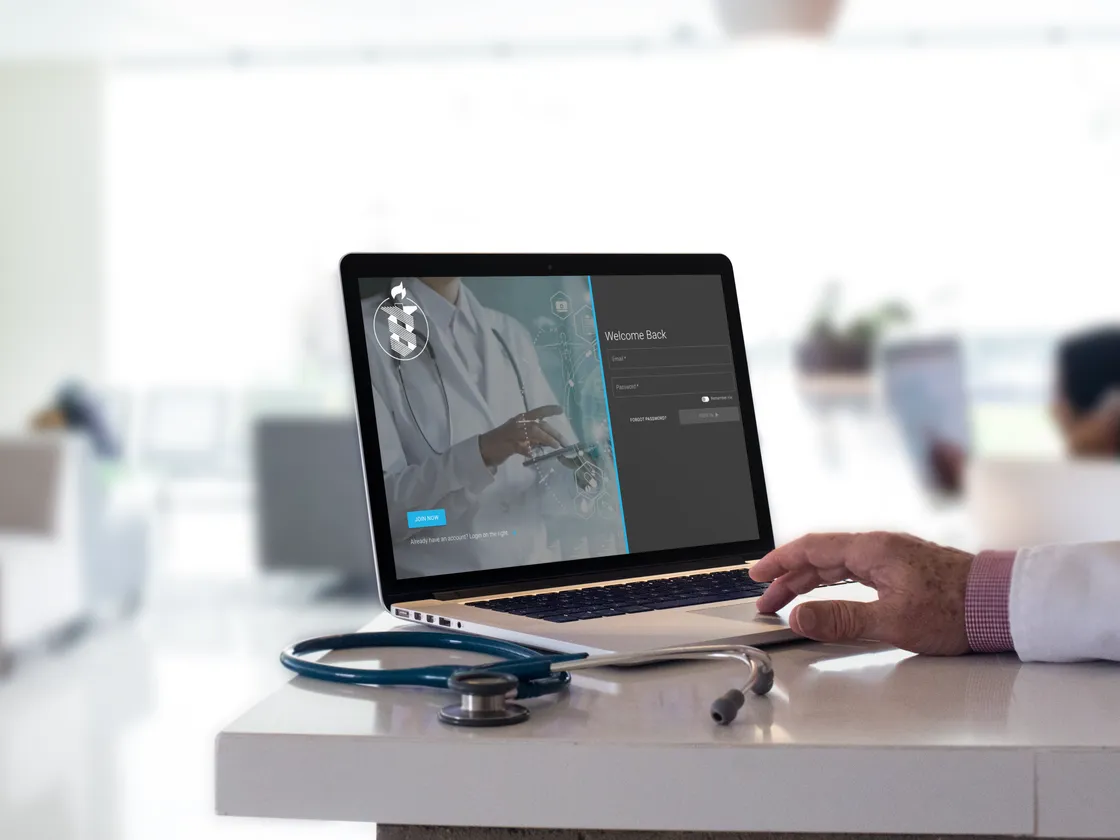
Industry Solution
Education (EdTech)
Innovative educational software and learning platforms that foster engaging experiences. Our applications are designed to meet the evolving needs of educators, students, and educational institutions.
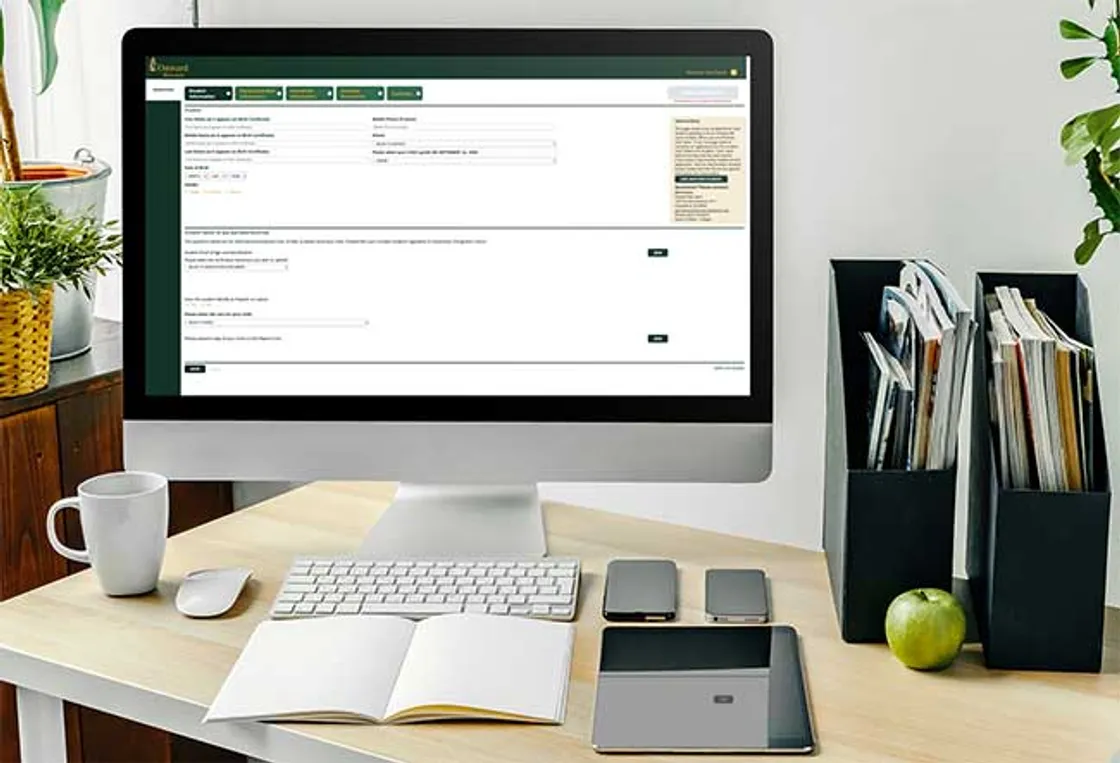
Industry Solution
Real Estate
Powerful tools for real estate professionals including property management systems, MLS integrations, virtual tours, and analytics platforms that help you close more deals and manage properties efficiently.

Industry Solution
Entrepreneurs & Startups
Turn visionary ideas into reality with end-to-end development services. We provide MVPs, scalable architectures, and market-ready products that position your startup for success from day one.
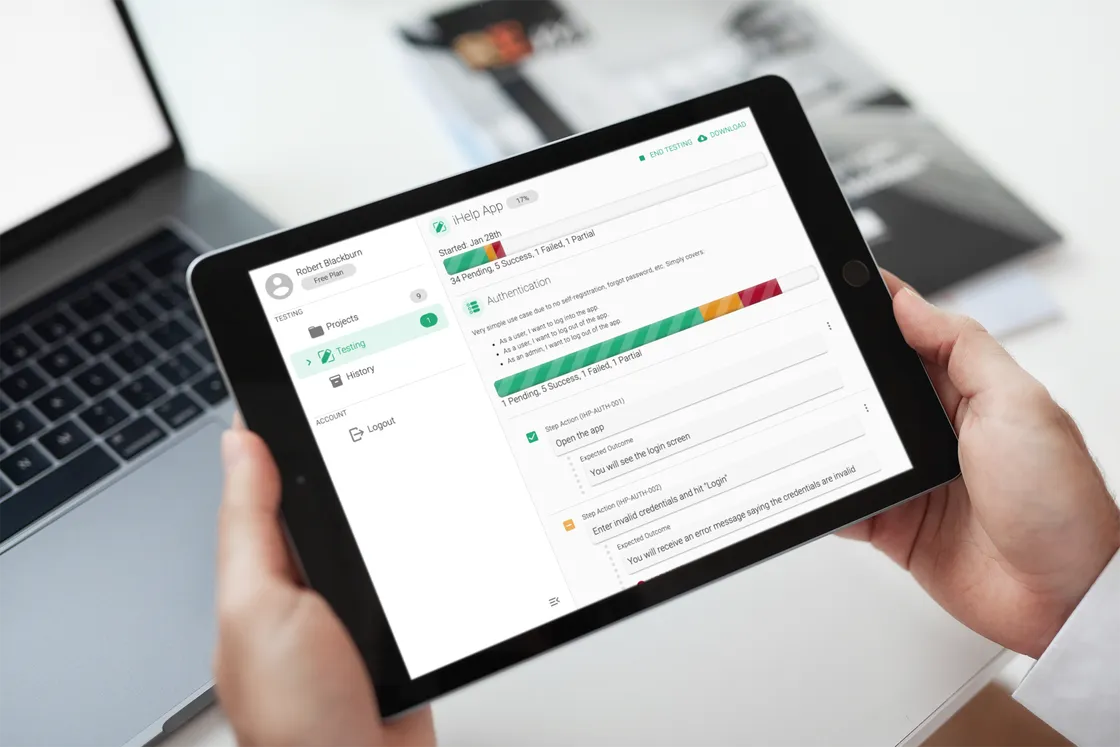
Serving Many Industries
While we specialize in the industries above, we also deliver tailored solutions for legal, fintech, manufacturing, retail, non-profit organizations, and beyond. Our diverse experience allows us to adapt our expertise to meet the unique needs of any sector.
Have a project in a different industry? Let's talk about it.
Our Portfolio
Featured Projects
Explore our recent work and see how we've helped businesses transform their ideas into powerful digital solutions.
Getting Started
Ready to bring your software or app idea to life?
Contact us today to schedule a consultation and discover how Blackburn Labs can help you achieve your digital transformation goals.
Testimonials
Hear from our customers

Ana Mercurio-Pinto
Director of CV Innovation
BWH
"They were very professional and often went above and beyond the scope of work."

Odessa Cozzolino
Owner
My Body Gallery
"Their work ethic is extraordinary and they deliver what they promise, when they promise. I cannot say enough good things about them and we will never use another developer."


Brian Grossman
Technical Director
FableVision
"…, he was able to write optimized SQL queries that processed vast amounts of complicated data to generate useful reports. It was a task that would have overpowered most developers."


Tom Insprucker
Global VP Marketing
Schneider Electric
"I have never had an experience as good as that one, with any development team."
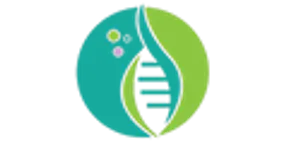

Dana Vuzman, PhD
Founder
Talerics Consulting LLC
"The aspect of Rob's work we appreciated the most was his willingness to teach us about his process. It's one of the reasons why I'd like to continue working with Rob in future engagements."


Matt Westcott
COO
Athens Orthopedic Clinic
"They understood our needs and incorporated a solution into a tool that would have otherwise been outside our budget."


Eileen Davis
Vice President
Mass211 & United Way
"Rob and his team explained everything in a way that was simple to understand…"


David W. Gregg, Ph.D.
Executive Director
Rhode Island Natural History Survey
"... we were uncertain how to achieve certain functionalities, and Blackburn was able to leverage their broad experience to lead us through the refinement process and find elegant solutions they could adapt to meet our needs. At the same time they were relaxed and easy to work with and not at all off-putting in the way technical experts can sometimes be."


Kelly Haile, RN, CCM, WCCM
President
Keystone Case Management
"I'd like to give more than five stars."

Chris Powell
Chair
Conanicut Island Raptor Project
"It was a pleasure working with the team at Blackburn Labs."


Sara Bagwell
Marketing Director
PRMI
"… always available when we had questions or needed something."


Andrew Clauer
SVP
Hudson Housing Capital
"The members at Blackburn Labs were consummately professional and understanding."


Ann Chokas, Ph.D.
Founder
Life4ward, LLC
"As a new entrepreneur Rob has given helpful suggestions along the way."

Menachem Wakslack, MD
Founder & CEO
Dedica Health
"The quality of Blackburn Labs’ oversight is impressive. They review and test the solution multiple times before releasing it."


Therese Canares, MD
CEO & Founder
CurieDx
"They have an admirable combination of big-picture strategic thinking and uncanny attention to detail."


Mindie Meyers
Vice President, PMO
WealthCounsel, LLC
"The team lead excels at understanding complex requirements and delivering appropriate solutions. Without his meticulous support, the complex product wouldn't have achieved its current state. His follow-through is also fantastic."


Joseph Dziobek
Executive Director
PRCRI
"We love the flexibility of Blackburn Labs' knowledge base. ... Their team focuses on delivering solutions."


